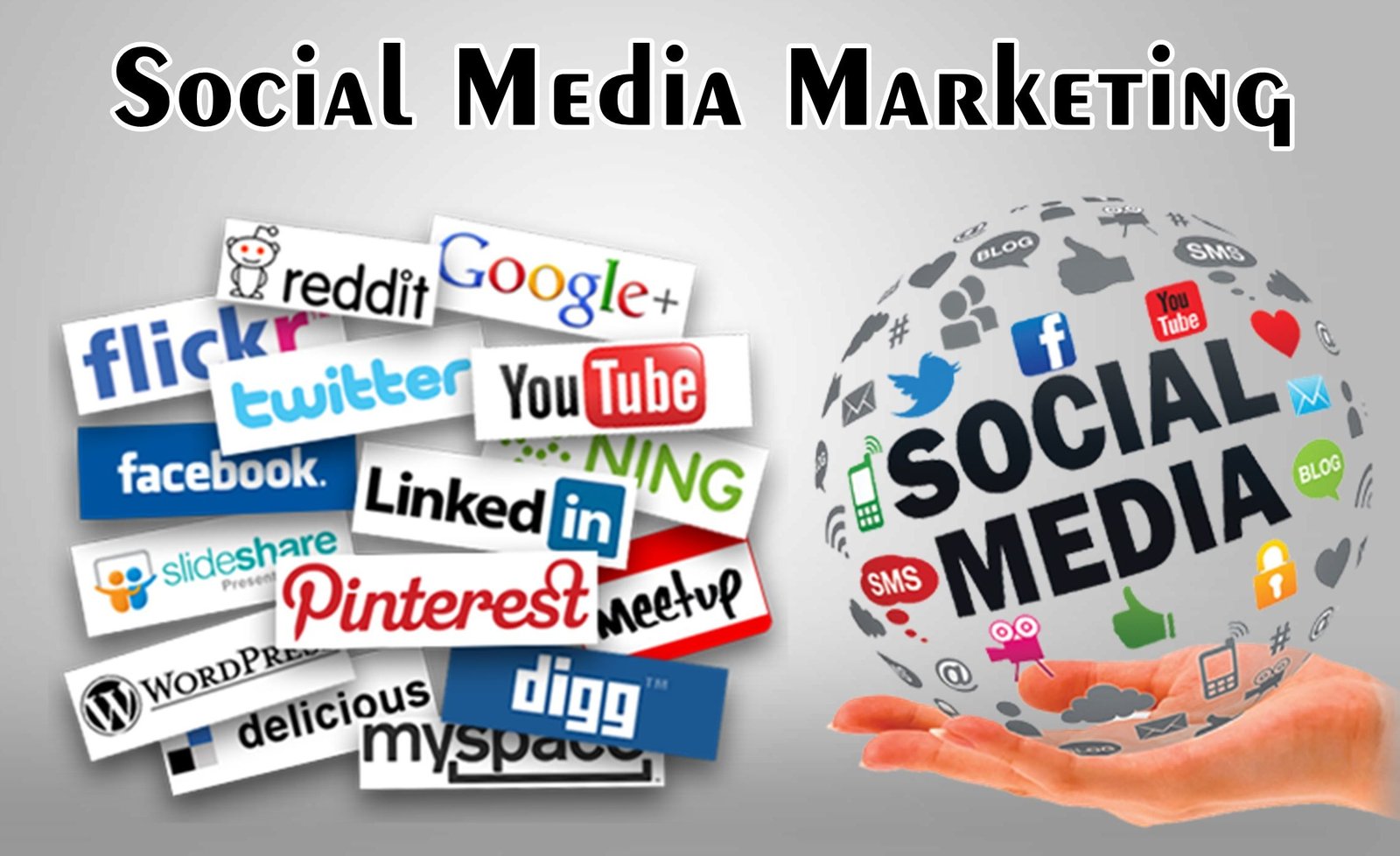✅ Introduction
Many businesses and individuals struggle to classify YouTube: Is it a video-sharing platform, a search engine, or social media? This uncertainty can lead to confusion in content strategies, digital marketing planning, and platform-specific policies (e.g., for compliance or branding).
This guide offers a structured approach to answering this question, resolving any ambiguity, and aligning your strategy accordingly.
🔍 Breaking Down the Problem
Core Question:
“Is YouTube considered social media?”
Subcomponents:
-
Definition of Social Media
-
Features of YouTube
-
Perception & Categorization by Industry
-
Implications for Strategy & Policy
🛠 Common Causes of Confusion
| Cause | Explanation |
|---|---|
| 🌀 Evolving Platform Functions | YouTube started as a video-sharing site but now includes community posts, live chat, Stories, and subscriptions. |
| ❓ Ambiguous Definitions | Definitions of social media vary among marketers, regulators, and the public. |
| 🔁 Overlap with Search Engines | YouTube is the second-largest search engine globally, creating confusion with platforms like Google. |
| ⚖️ Legal or Compliance Ambiguity | In regulated industries (e.g., finance, healthcare), classifying YouTube affects record-keeping and content policies. |
⚠️ Consequences of Not Addressing the Issue
| Consequence | Impact |
|---|---|
| ❌ Misaligned Content Strategy | May treat YouTube as only a video host, missing out on engagement tools. |
| ⚠️ Regulatory Risks | Misclassification in compliance-heavy industries may lead to fines or violations. |
| 💸 Ineffective Ad Spending | Budgeting for “social” vs. “search” platforms could misallocate funds. |
| 🤝 Poor Audience Engagement | Ignoring YouTube’s community features limits brand connection. |
✅ Step-by-Step Solution Guide
Step 1: Understand What Defines a Social Media Platform
A platform is typically considered social media if it:
-
Facilitates user-generated content
-
Encourages interaction (likes, comments, shares)
-
Enables profiles or communities
-
Supports discovery through algorithms
✅ YouTube fits all criteria above. Therefore, Yes—YouTube is a social media platform.
Step 2: Align Internal Definitions
🔧 Action:
-
Update your organization’s internal documentation to classify YouTube as both:
-
A video platform
-
A social media channel
-
📄 Resources:
-
Marketing playbooks
-
Legal compliance policies
-
Digital strategy guides
🛠 Tools:
-
Google Workspace or Notion for documentation
-
Legal teams for compliance review
Step 3: Adjust Strategy Accordingly
➤ Content Strategy:
-
Use YouTube Community tab, Shorts, polls, and live streams for engagement—not just video views.
➤ Social Media Scheduling Tools:
-
Add YouTube to your Hootsuite, Buffer, or Sprout Social dashboard.
➤ Metrics Tracking:
-
Treat YouTube analytics with the same KPIs you use for Instagram, Facebook, or TikTok:
-
Engagement rate
-
Watch time
-
Subscriber growth
-
Step 4: Educate Stakeholders
👥 Hold brief training sessions or send an internal newsletter to inform:
-
Marketing Teams
-
Compliance Officers
-
Social Media Managers
-
External Agencies
Template Email:
“Hi Team,
We’ve officially classified YouTube as a social media platform due to its interactive, user-driven ecosystem. This means we’ll apply the same engagement strategies and compliance policies here as we do on other platforms like Instagram or TikTok…”
Step 5: Update Ad Strategies
Revisit your media buying plans:
-
Reclassify YouTube ads under social spend (not just video or display)
-
Test YouTube Shorts Ads alongside Instagram Reels Ads
-
Use Audience Retargeting from YouTube views in broader social campaigns
📚 Real-World Example
✅ Case Study: HealthTech Startup
Problem: Their compliance team didn’t consider YouTube “social media” and omitted it from archiving policies.
Solution: After auditing the platform features and matching them against FINRA definitions of social media, they:
-
Reclassified YouTube accordingly
-
Implemented an archiving solution
-
Created engagement-focused videos with calls to comment
Outcome: 27% increase in engagement and zero compliance flags on future audits.
🔐 Bonus Tips to Prevent Future Misclassification
-
📅 Quarterly Platform Audits: Review platform changes—YouTube adds new features regularly.
-
🧠 Cross-functional Meetings: Include marketing, compliance, and IT to stay aligned.
-
📊 Competitive Analysis: See how peers are using YouTube—are they engaging in community building?
✅ Conclusion & Call to Action
YouTube is considered social media due to its interactive, user-driven content, community engagement features, and platform dynamics. Misclassifying it can have ripple effects across your organization—from strategy to compliance.
📝 Next Steps:
-
✅ Reclassify YouTube internally as social media
-
📘 Update policies, documentation, and team understanding
-
🎯 Realign your content and ad strategies
-
🧠 Educate your team with a briefing or training
-
🔁 Monitor platform updates quarterly

1 thought on “Is YouTube Considered Social Media”